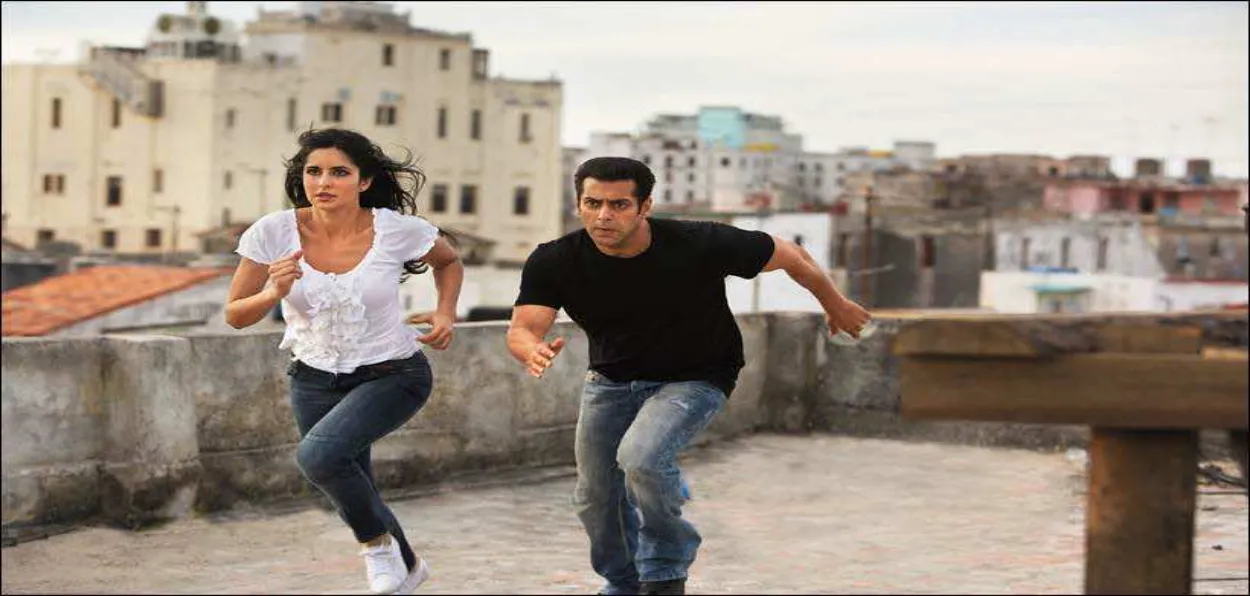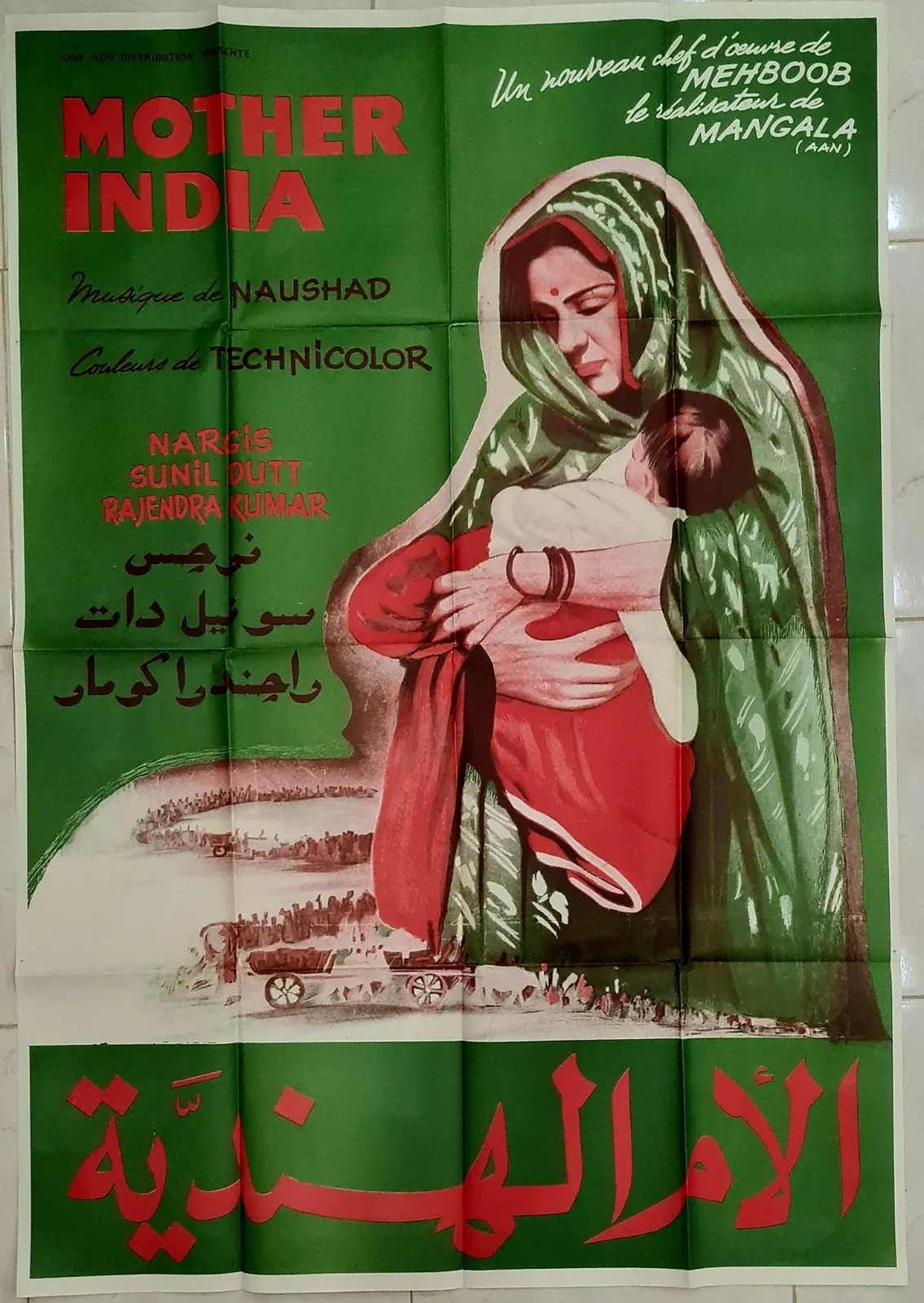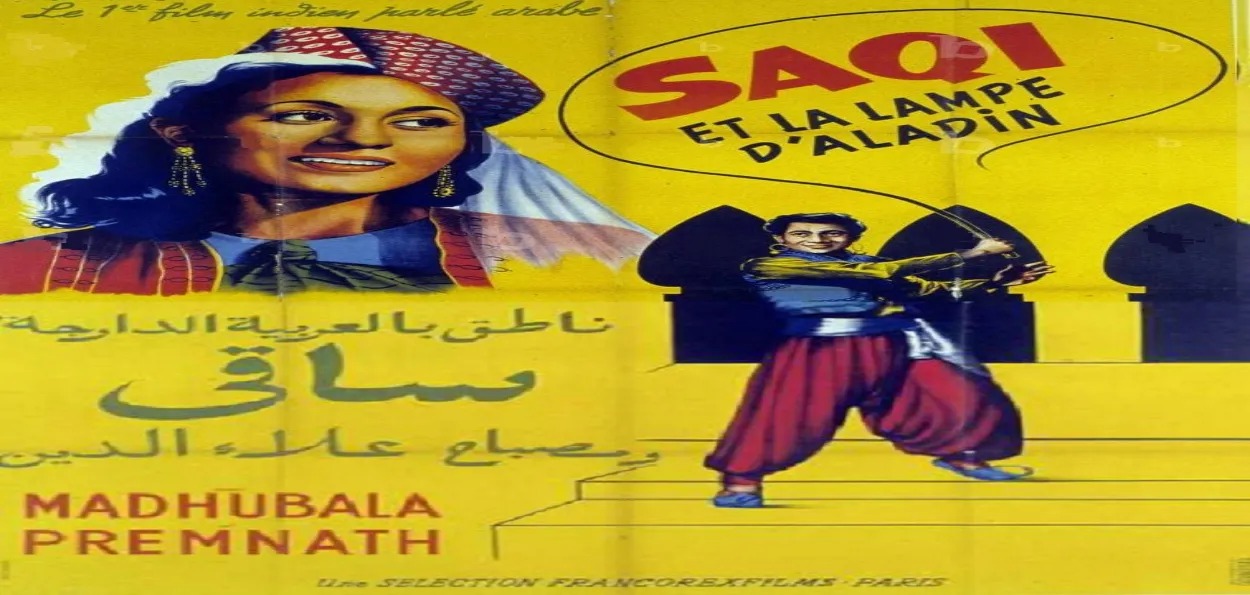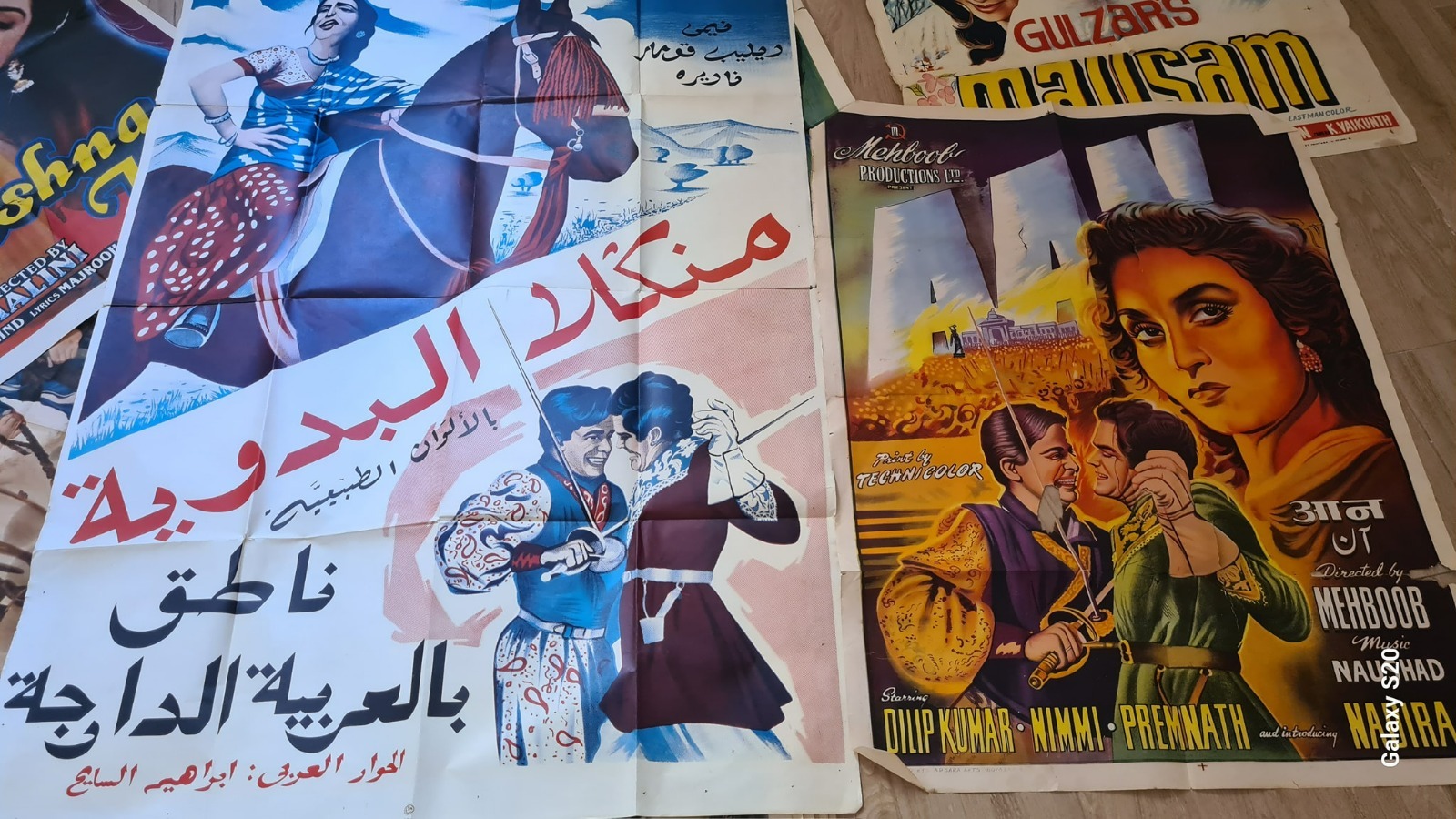
Tabrez Ahmed/ New Delhi
Indian cinema ranks first in the world in film production. Each year about 1,000 feature films and documentaries in different languages and dialects are produced and these have an estimated viewership of around 50 lakh per day. Indian cinema with its dance, music, melodramatic stories, romance, and unique songs, has gained a large following in different parts of the world, especially the Arab world.
The story of the popularity of Indian cinema in the Arab world is quite old. It started in the late 1940s and early 1950s. Indian cinema was introduced to the Arab world through the Moroccan city of Tangier, also known as the "City of the Straits" because of its location - on a strait overlooking the Atlantic Ocean at the end of the Arab world. It's the Western entrance from Gibraltar into the Arab World.
From here the Indian cinema entered the Arab world through the Indian commercial community that had been living in the Moroccan cities since the colonial era. Due to increased political repression by the British colonial government during World War II, this commercial community relocated from India to the city of Tangier, which became an international free zone in 1923 and enjoyed freedom of exchange and trade.

Poster of Mother India in Arabic
Among the Indian traders who settled here was Moti Chandra Mani, a textile merchant who sometimes exported Hindi films from Mumbai and distributed them in Morocco. Soon, he gave up the clothes business and concentrated on exporting Hindi films.
Indian films were first shown in cinemas on a limited basis among the Indian community. Soon they started gaining popularity among Moroccans. The Indian films first became popular in the West. Soon people in the East of the Arab world such as Tunisia, Algeria, Egypt, Iraq, etc, who were struggling for their liberation from French colonialism and Britain, the audiences lapped up the Indian films.
With the passage of time and the development of communication and media, the popularity of Indian cinema has increased multiple times. Be it in the cinema screenings, television broadcasts, or its availability online through digital streaming platforms, Indian cinema has become an integral part of Arab cinema culture.
The credit for making Indian cinema popular among Arab audiences goes to Arabic dubbing. Dubbing plays a key role in making films popular and acceptable among audiences, especially in countries that do not speak the original language of the film. Dubbing enables the audience to get closer to the story of the film by overcoming language barriers and adapting the film to the local culture and dialect of the audience.
Among the voice dubbing artists in the Western Arab world, two names that stand out and have played a key role in popularising Indian films are Ibrahim al-Sayyeh – he passed away in 2011 - and Muhammad al-Husseini. Ibrahim Al-Sayeeh is considered the pioneer of dubbing Indian films in Arabic, and he is also the pioneer of Moroccan cinema. He is considered the first person to begin the experiment of dubbing Indian and other films into Arabic. He dubbed a large number of Indian, French, English, and Italian films into the Maghreb dialect from the 1940s onwards. He also experimented and tried his hand at Moroccan film production.

Poster of Hindi film, Saqi in Arabic
He was credited with dubbing over 148 Indian films into Arabic, some of these like "The Bedouin Minakala" (Aan starring Madubala), "The Wizard of Hell" (Bahut Din Huey hein), and "Saqi and Aladdin's Lamp" (Saqi), "KohiNoor", "Rustam Sohrab", "Escapes from Hell" (Dyutta), "Workers' Way" (Naya Daurr), "Jeet", and "Mother India" (Medder India), "I Die for My Mother" (Deewar), etc. which had humanitarian and moral, educational and social messages. These films helped build national solidarity by restoring self-confidence and contributed to promotion of the Eastern values and culture.
Ibrahim Al-Sayeeh did not know the Hindi language, and while dubbing he used the translation of the film written on tape, and perhaps he sought the help of an Indian from the Indian community in Morocco. To bring the audience closer to the story and adapt the film to the local culture and dialect of the audience, he would dub Hindi films in the local language and adapt the film titles to local tastes so that they could get general acceptance from the cinema audience.
The popularity of Indian cinema in Arab grew in three phases. The first phase was between the decades of the fifties and the seventies. In this era, the Indian films represented rural life, the struggles of the common man, nation-building and national unity. Then in the 1980s, the perspective of Indian cinema shifted from rural to urban. This phase was characterized by a focus on youth anger over social issues such as poverty, hunger, unemployment, corruption, social inequality, the brutal excesses of the Emergency, etc.
In the 1990s, the camera’s lens turned outside the country to major American and European cities such as New York, Chicago, London, Berlin, Barcelona, and others.

Poster of Film Aan
This phase depicts the magical world at times bordering on fantasy, selling dreams, evoking longing, love, and passion, and striving to achieve all this amidst challenges and difficult circumstances. During this period, Indians cinema earned the nick name of Bollywood, pitching it against Hollywood. Ibrahim Al-Sayeh is known for dubbing films in the first two stages.
On the other hand, Mohammad Al-Hussaini who took charge in the third phase of Indian films is fluent in Urdu and Hindi. He can read and write and speak both. He dubbed some Indian films and translated many for the Amal Film, a famous distributor of Indian films in Morocco, and Ramesh Malvani of London Film, which distributes cinematic films, especially Indian films, in the Arab world. Among his famous translations are: The Gardener (Bahwan featuring Herma Malini and Amitabh Bachchan, Your Name (Tere Naam), Relationships (Rashta), From the Depths of the Heart (Dil Se), Lionheart (Shir Dil), etc. Muhammad Al-Husseini is a professional dubber and translator and has a major role in making Indian films popular among Arabic-speaking audiences through his translations and dubbing.
ALSO READ: How Egyptian poet Dr. Walaa Jamal fell in love with Urdu, India
Indian films were and still are very popular in the Arab world in all stages of its development, ranging from films of myth and legends to the embodiment of rural life and its ordinary daily struggles to build the nation, moving beyond social or realistic films. The path of films that are dedicated to the idea of dreaming and striving to achieve it because of their aesthetics, cultural, and political values, the quality of their direction, good music and performances, and especially their dancing, and singing The music and the dramatic story are distinguished.
(Tabrez Ahmed is a researcher at the Arab-Indian Cultural Center at Jamia Millia Islamia University in New Delhi)
